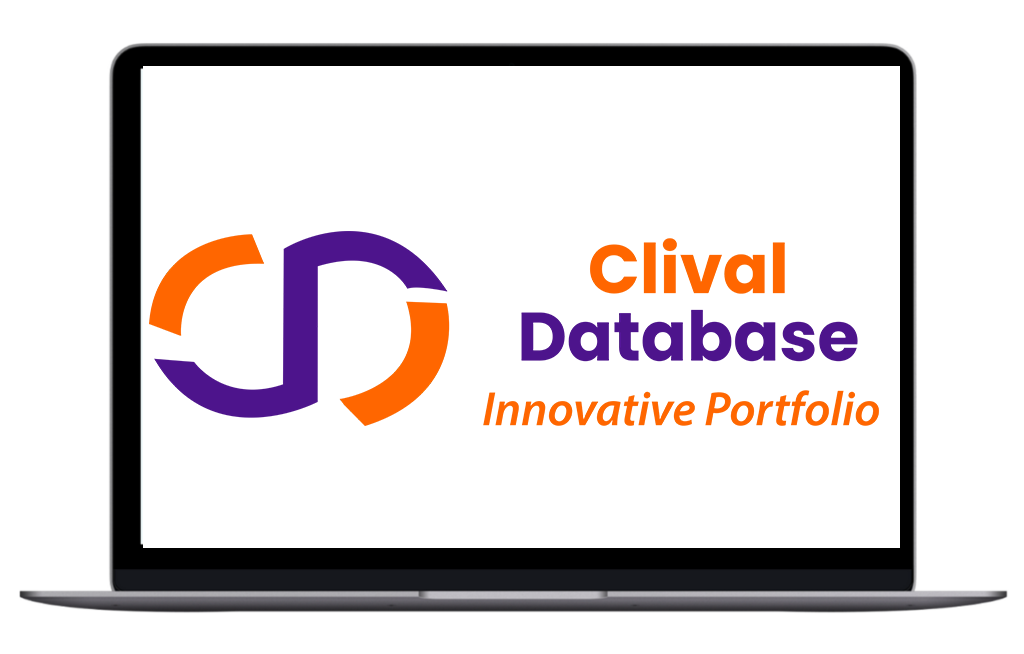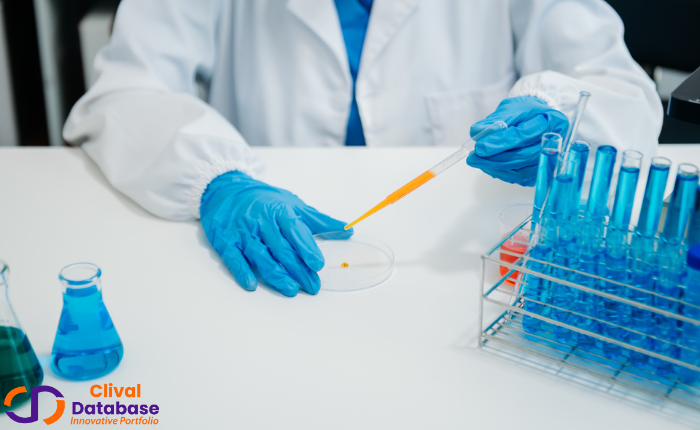API Clinical Trials Explained from Development to Surveillance
In the pharmaceutical industry, the journey from a drug’s initial discovery to its final approval and market release is long and complex. At the heart of this process are pharmaceutical clinical trials, which are essential in determining a drug’s safety, efficacy, and potential side effects. Clinical trials for Active Pharmaceutical Ingredients (API) play a crucial role in ensuring that new treatments are both safe and effective for human use. In this comprehensive guide, we will walk you through the process of clinical drug development and highlight the significance of clinical trial databases in tracking progress and ensuring compliance.
What are API Clinical Trials?
API clinical trials are clinical studies that specifically test the safety and efficacy of new Active Pharmaceutical Ingredients (APIs) in human subjects. These trials are designed to evaluate how an API behaves in the human body, its effects, and its potential risks or benefits. Clinical trials are a critical part of the drug discovery process providing the evidence necessary for regulatory bodies such as the FDA or EMA to approve new drugs for widespread use.
Before entering the clinical trial phase, an API typically undergoes extensive preclinical testing, including laboratory research and animal studies. Once the initial research is complete, the drug moves into clinical drug development which involves human testing across multiple phases to evaluate its safety, dosage, effectiveness, and potential side effects.
The Stages of API Clinical Trials: Understanding the Clinical Trial Phases
Clinical trials for API are divided into several phases, each with a distinct purpose and set of objectives. These clinical trial phases help researchers and regulatory bodies gather essential data to determine whether the drug is safe and effective for human use.
Phase 1: Initial Safety Testing
The first phase of clinical trials Phase 1 primarily focuses on evaluating the safety of the API in humans. This phase typically involves a small group of healthy volunteers (20-100 participants). Researchers monitor how the drug is absorbed, distributed, metabolized, and excreted by the body. They also assess the drug’s side effects at varying dosages to determine its safe dosage range.
The goal of Phase 1 is to establish the safety profile of the API and determine the highest dose that can be administered without significant adverse effects. At this stage, researchers are not primarily concerned with the drug’s efficacy but instead focus on understanding its basic pharmacokinetics and pharmacodynamics.
Phase 2: Efficacy and Safety Evaluation
Once a drug has passed Phase 1, it moves on to Phase 2 trials. In this phase, the focus shifts to evaluating the drug’s efficacy in treating the target condition. This phase typically involves a larger group of participants (100-300 individuals) who have the condition the drug is intended to treat. Researchers continue to monitor the drug’s safety and gather additional data on optimal dosages.
The goal of Phase 2 is to determine whether the API is effective in producing the desired therapeutic effect and to further assess its safety profile. If the drug shows promise in treating the condition, it moves on to Phase 3 for larger-scale testing.
Phase 3: Large-Scale Testing and Comparative Analysis
Phase 3 clinical trials involve large groups of patients (1,000-3,000 participants) and are designed to provide more robust evidence of the drug’s efficacy and safety. These trials are often conducted across multiple locations, sometimes internationally, to ensure that the drug’s effects are consistent across different populations.
In this phase, researchers compare the new API to existing treatments (or a placebo) to determine if it provides a significant benefit over current options. Data from Phase 3 trials is submitted to regulatory agencies like the FDA or EMA for approval. The results of Phase 3 trials are critical for obtaining marketing authorization for the drug.
Phase 4: Post-Market Surveillance
After a drug is approved and made available to the public, Phase 4 trials, also known as post-marketing surveillance, continue to monitor the drug’s long-term effects. These trials collect real-world data from a broader population of patients, including those with comorbidities or those taking other medications, to assess the drug’s long-term safety and effectiveness.
Phase 4 trials are essential for detecting rare or long-term side effects that may not have been evident in earlier phases. Regulatory bodies require Phase 4 data to ensure the ongoing safety and efficacy of the API in the general population.

The Role of Clinical Trial Databases in Monitoring API Trials
Throughout the entire clinical trial process clinical trial databases play a vital role in tracking and managing trial data. These databases allow researchers, regulatory authorities, and sponsors to store, organize, and analyze vast amounts of clinical data collected from multiple sites.
By using clinical trial databases pharmaceutical companies can ensure that trial data is accurate, complete, and accessible for analysis. These databases help researchers identify patterns, track adverse events, and ensure compliance with regulatory requirements. Additionally, clinical trial databases are crucial in maintaining transparency, as they allow researchers to publish results and share findings with the broader medical community.
For patients participating in clinical trials clinical trial databases provide transparency on study progress, outcomes, and safety information, helping to build trust between researchers and participants.
The Drug Discovery Process: From Bench to Bedside
The drug discovery process involves multiple stages, from identifying a potential therapeutic target to the eventual approval of a new drug. Once an API is identified, researchers work through preclinical testing, which includes laboratory research and animal studies, to determine its potential efficacy and safety. If the preclinical results are promising, the API moves into the clinical drug development phase, where it undergoes rigorous testing in humans through the clinical trial phases outlined above.
Throughout the drug discovery process, pharmaceutical companies rely on both in-house expertise and external resources such as pharmaceutical clinical trials and clinical trial databases to ensure the process runs smoothly. These tools help companies manage timelines, reduce risks, and ensure that their product is developed according to the highest standards.
Conclusion: The Importance of Clinical Trials in API Development
API clinical trials are a cornerstone of modern pharmaceutical development, ensuring that new drugs are safe, effective, and ready for patient use. From clinical drug development through the clinical trial phases, each step in the process builds upon the last, gathering critical data that will inform future treatment options and improve patient outcomes.
By understanding the role of clinical trials and the importance of clinical trial databases, pharmaceutical companies can streamline their development processes, enhance data accuracy, and ultimately bring more effective treatments to market faster. Whether it’s in Phase 1 safety testing or Phase 4 post-market surveillance, clinical trials remain a vital tool in the drug discovery process and the journey toward safer, more effective medications for patients worldwide.
Frequently Asked Questions

Optimize Your trial insights with Clival Database.
Are you exhausted from the uncertainty of trial insights pricing? Clival Database ensures the clarity in the midst of the global scenario for clinical trials to you.Clival Database is one of the best databases that offers an outstanding number of clinical trial data in terms of 50,000+ molecules and from primary regulatory markets as well as new entrants like Indian and Chinese markets.
Elevate your trial success rate with the cutting-edge insights from Clival database.
Check it out today and make more informed sourcing decisions! Learn More!







